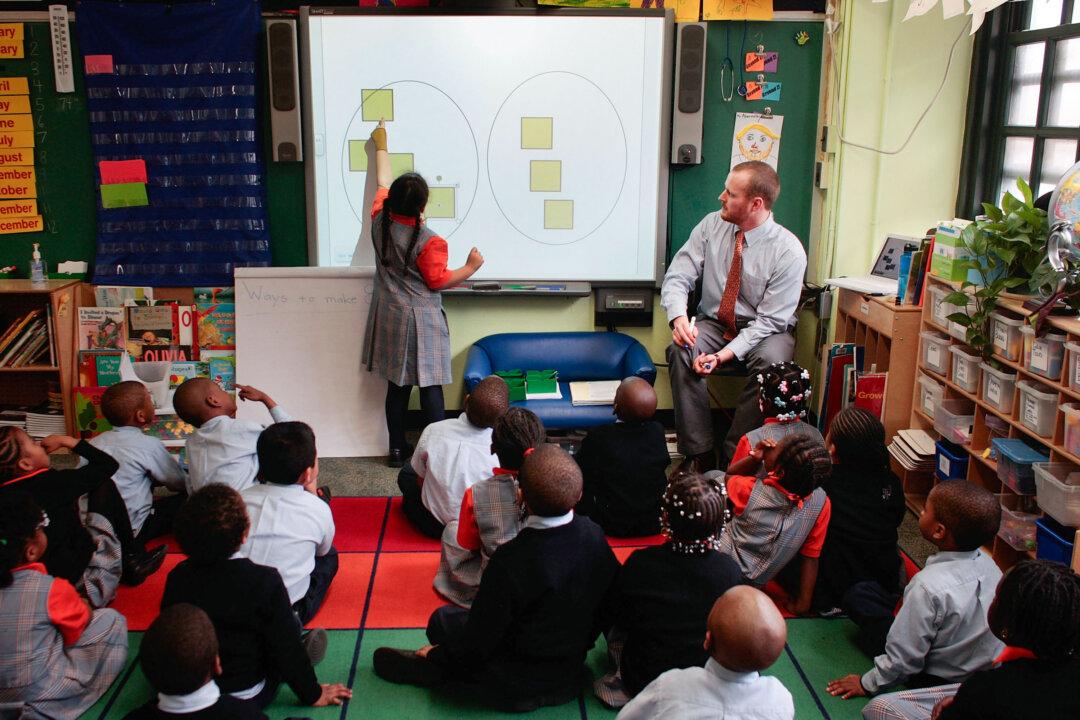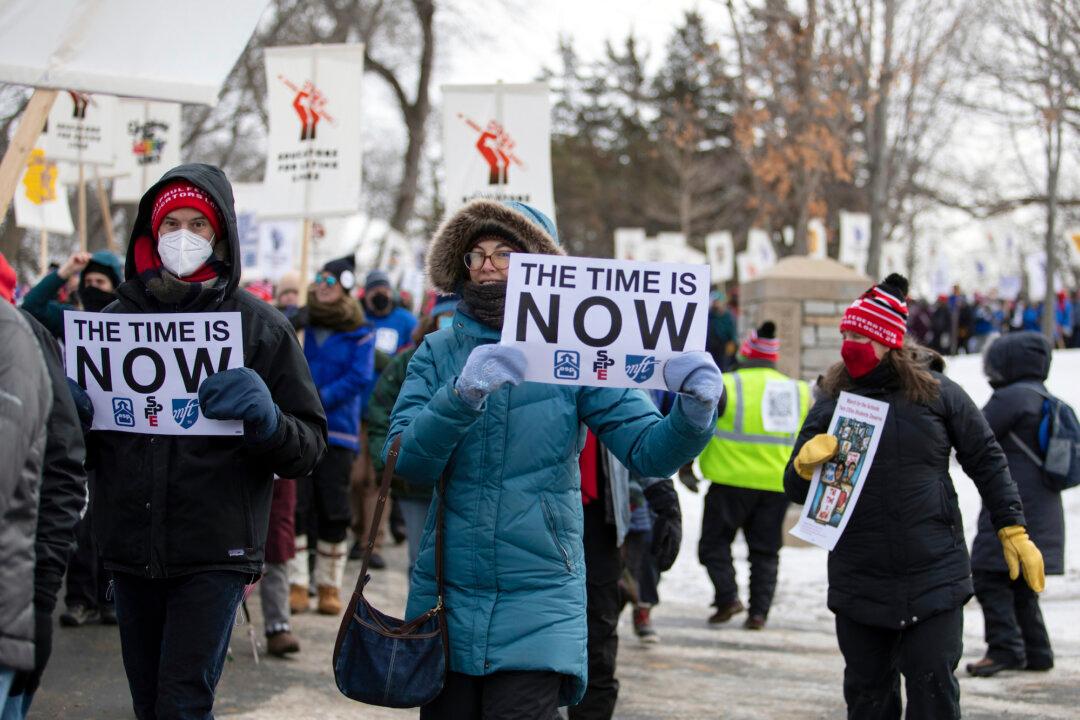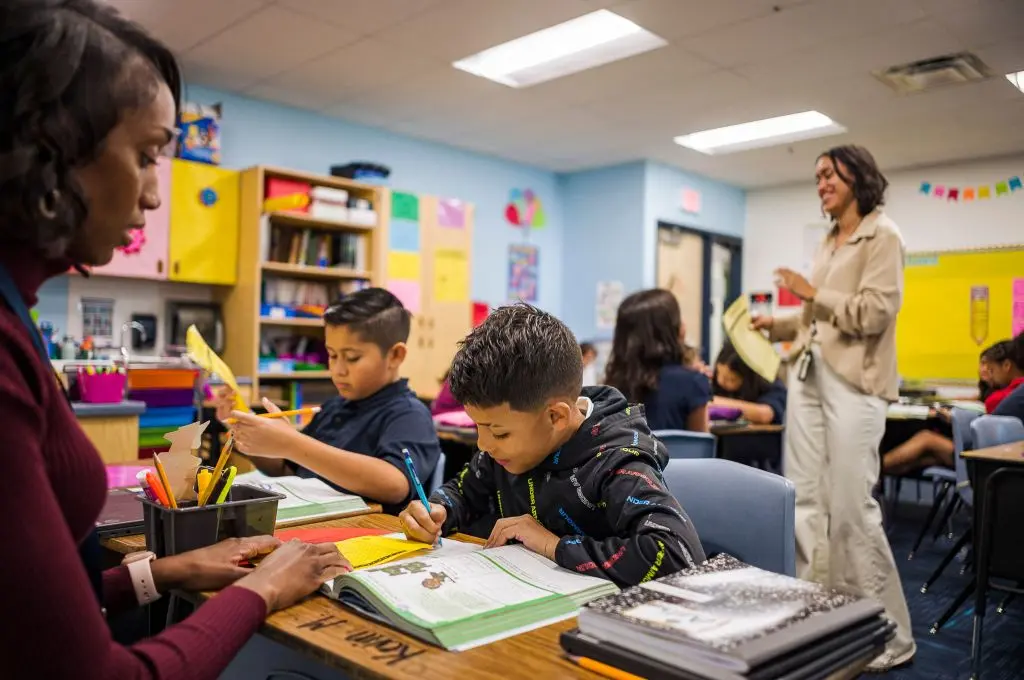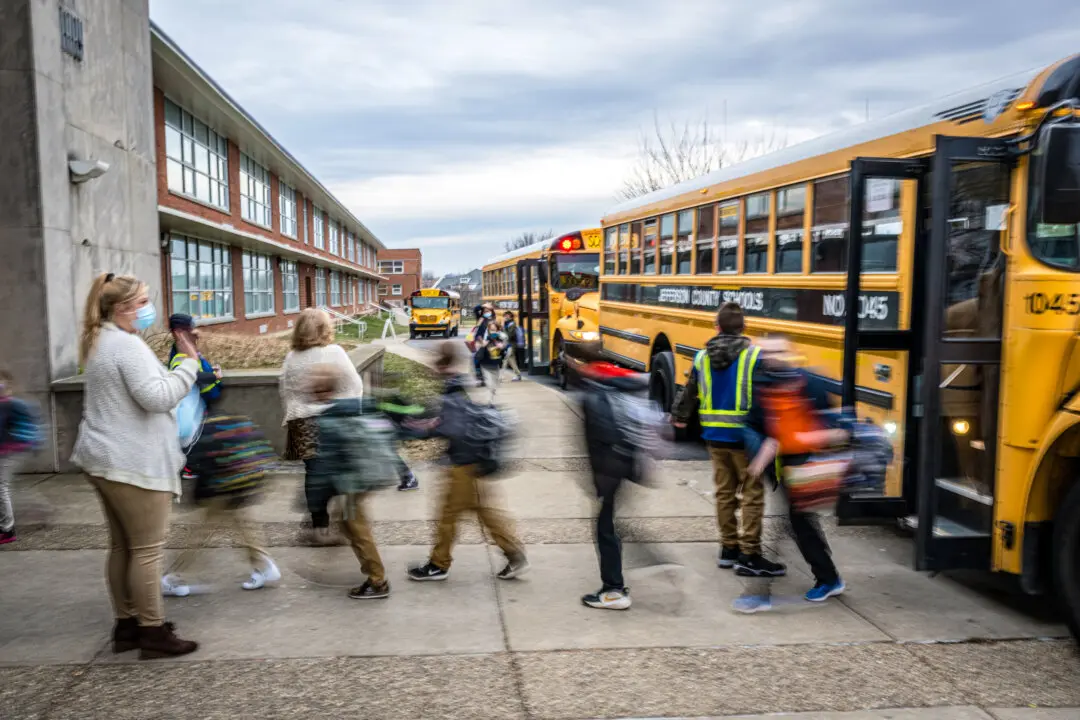In the Gem Prep charter school system in Idaho, high school students earn autonomy to pursue independent learning activities at their chosen times and locations if they perform well enough in online middle school classes and homework assignments.
At The Charter School of San Diego (CSSD), at-risk students split time between remote learning and classroom instruction at one of 19 facilities across the city. Under that arrangement, CSSD won the nation’s highest presidential honor for academic quality in 2015 and again in 2021.





